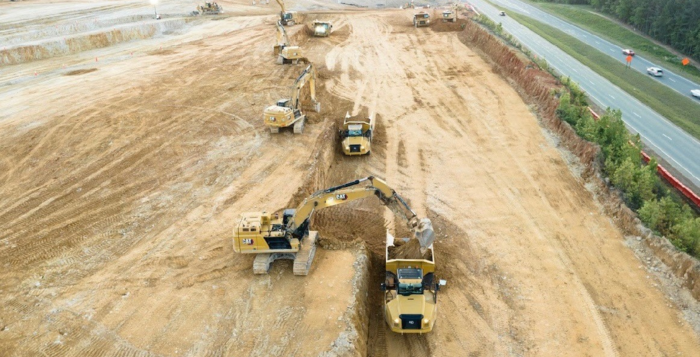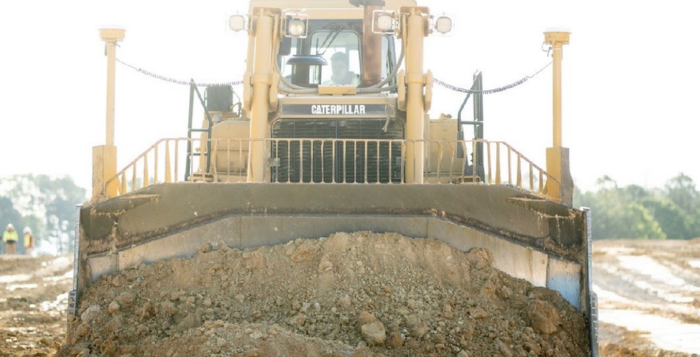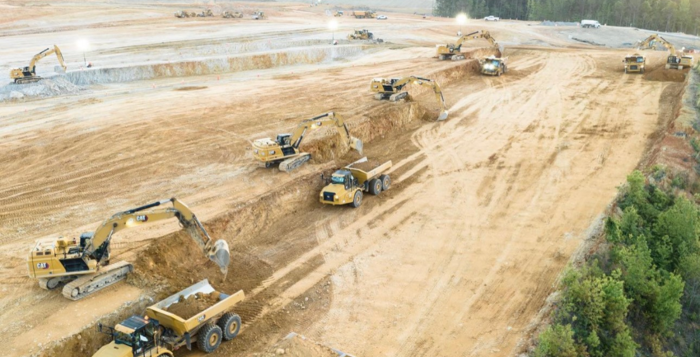Plateau Excavation
Cut and fill is an essential process in construction. It involves cutting away the topsoil or unwanted earth material from a construction site and using it to fill in low-lying areas or create embankments, slopes, and other features. This process is critical in ensuring a stable and safe construction site.

The cut and fill process begins with a survey of the construction site to determine its topography and identify any potential hazards. This survey is essential because it provides the information needed to develop a detailed plan for the excavation, grading, and filling of the site. The survey will also help to determine the amount of earth that needs to be cut and the amount of fill required.
After the survey, the site is prepared for excavation by clearing vegetation and removing any obstructions. The excavation process starts with the removal of topsoil to expose the subsoil. The depth of excavation depends on the design and requirements of the project. Once the topsoil has been removed, the subsoil is excavated to the required depth.
During the excavation, it is crucial to keep safety in mind. The excavation process should be done in a way that minimizes the impact on the surrounding environment and any adjacent properties. Make sure you understand any environmental rules you need to follow. In addition, safety measures, such as shoring and benching, should be implemented to prevent accidents and ensure worker safety.

Once the excavation is complete, the next step is to grade the site. Grading involves creating a level surface or slope suitable for the site’s intended use. This process is done by adding or removing earth material as required. It will generally involve the use of heavy equipment such as bulldozers, graders, and excavators.
After the grading process, the next step is to fill in any low-lying areas or create embankments, slopes, and other features. The fill material is usually sourced from the excavation site and may be augmented with additional material if necessary. It is essential to ensure that the fill material is compacted to the required density to ensure stability.
Compaction involves using a compactor machine to compress the soil to the required density. The compaction process ensures that the fill material is stable and can support the weight of any structures built on top of it. The compaction process also helps to reduce settling and prevents the formation of voids that can lead to structural problems. You do not want to be the one responsible for the collapse of a building because you didn’t properly prepare the site! That is one way to ruin your reputation in the construction industry.
The process doesn’t end with compaction. Ongoing maintenance of the site is crucial for long-term stability and durability.

In conclusion, cut and fill operations are foundational to the success of any construction project. From the initial survey to the final compaction, each step requires careful planning, execution, and adherence to safety protocols. By understanding the importance of cut and fill techniques and following best practices, construction professionals can ensure the stability and safety of their sites while minimizing environmental impact.
Remember, the quality of the sites preparation sets the stage for the entire construction project. Investing time and resources into proper cut and fill procedures not only ensures a safe and stable site also safeguards your reputation in the construction industry.